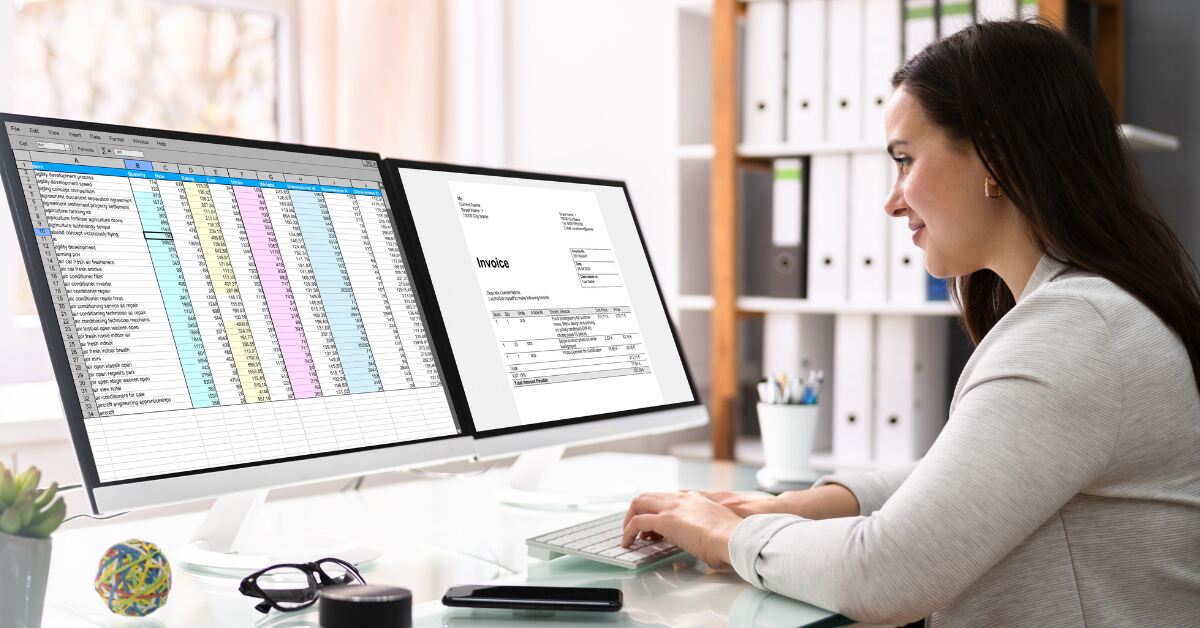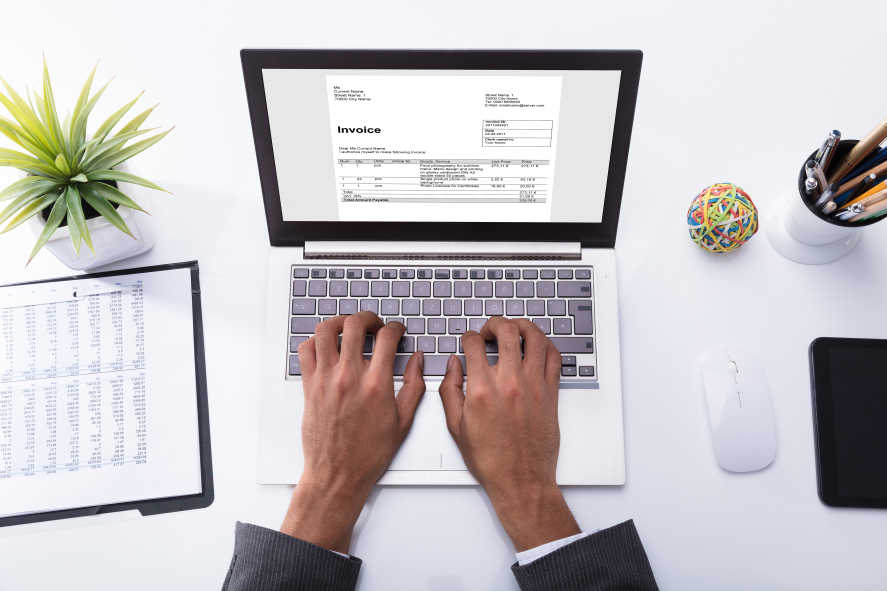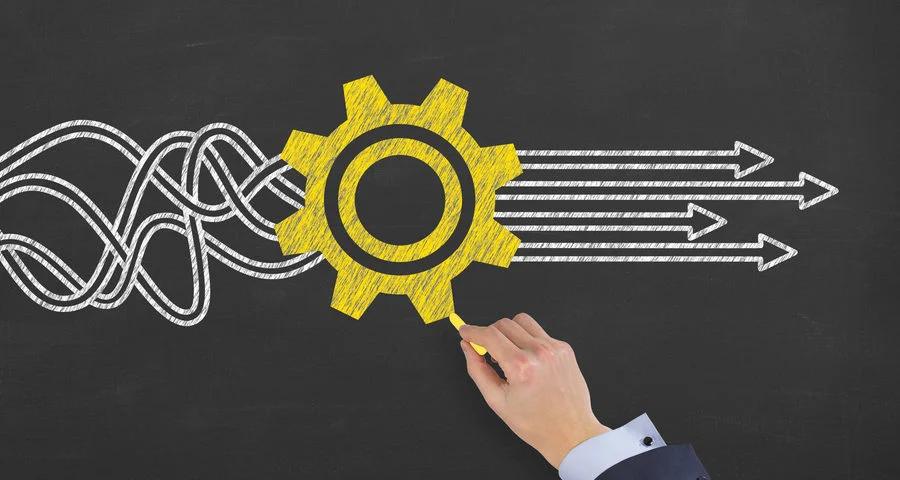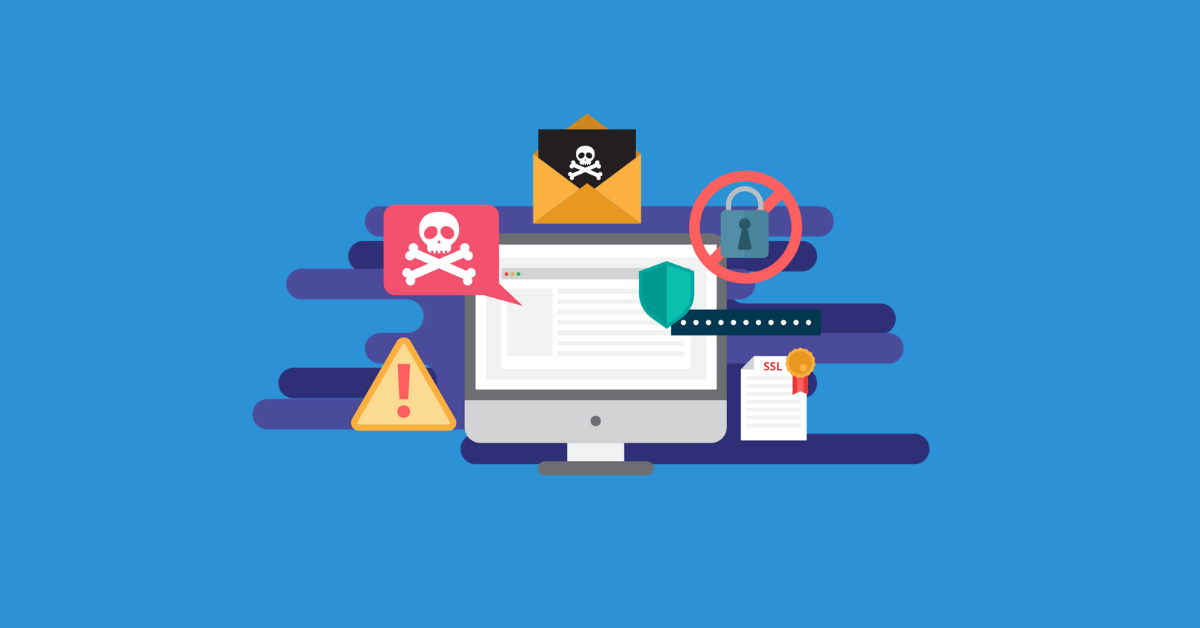E-invoicing is becoming a major concern for Malaysian businesses. It is considered as the “Rendang” of financial processes, bringing rich flavor and efficiency to your operations.
In today’s digital world, e-invoicing is considered a turning point in the Malaysian domestic market. Everything is digitized, including a piece of paper with important numbers. However, when it becomes inevitable, you need to find a way to stay ahead of your competitors in terms of fast and efficient e-invoicing setup process, streamlining the process of overall enterprise activities. And e-invoicing integration with ERP is considered the ideal choice.
Just like upgrading from a traditional “kopitiam” coffee to a modern espresso machine, businesses can benefit the most from combining the traditional and the modern to enhance their financial operations.
Read this article to discover how e-invoicing integration with ERP can help you, and how this process happens.
Using E-Invoicing Integration With ERP For Unique Benefits
E-invoicing integration with ERP offers significant benefits to businesses in terms of improving accuracy, compliance, and financial management.
But how exactly?
We help you answer this question from our real-world ERP vs e-invoicing integration experiences.

Maximized Operational Efficiency
The e-invoicing integration with ERP revolutionizes operational efficiency.
For example: your business is processing about 500 e-invoices per month manually. This process takes a lot of time, effort, resources, and of course, costs. By integrating e-invoicing with ERP, it will help you automatically create, send, and track these e-invoices. It eliminates the need for manual data entry and reduces the possibility of errors.
A retailer can reduce invoice processing time from 10 days to just 2 days. This is a testament to the benefits that e-invoicing integration with ERP can bring.
As a result, your accounts payable and receivable teams can shift focus from routine tasks to strategic activities, such as optimizing payment terms or exploring new business opportunities.
Unmatched Accuracy in Financial Data
Accuracy in financial transactions is critical, and e-invoicing integration with ERP ensures that it is as accurate as possible. The automated processes of ERP modules eliminate manual data entry errors and ensure consistent financial records.

As a real instance: a manufacturing company that integrates e-invoicing with their current ERP system benefits from automated cross-checking between purchase orders, goods receipts, and invoices. This prevents errors such as under-billing.
Ensuring that every e-invoice matches its corresponding purchase order and delivery receipt, and maintaining accurate and reliable financial records, is essential for accurate financial reporting and auditing.
Optimized Cash Flow Management
If you are a service provider and you notice that some of your customers have overdue payments, what should you do?
Send messages and follow-up calls to each one?
You don’t have to do that manually with e-invoicing integrated with ERP. It will automatically remind customers and streamline your collection efforts. It can also generate reports that show outstanding invoices, payment status, and overdue accounts.
This allows you to quickly determine the current status of your e-invoices, and take timely actions to better manage and forecast your cash flow needs.
Compliance with Regulatory Standard
ERP systems can be easily programmed to comply with Malaysian tax regulations, such as GST or SST rules, or IRBM e-invoicing guidelines. It automatically applies the correct tax rates and formats.

For example, if the tax rates for e-invoices change, the ERP system will automatically update, ensuring all invoices reflect the latest regulations.
This integration reduces the risk of compliance issues and potential penalties by keeping invoicing accurate and up-to-date in line with current regulatory standards.
Strategic Reporting and Insightful Analytics
E-invoicing integration with ERP has the ability to leverage advanced reporting and analytics, providing valuable insights into your financial performance. The possibility to generate detailed reports on e-invoice processing efficiency, payment patterns, and financial performance metrics helps suppliers analyze data to identify trends in late payments or disputes on a regular basis.
This analysis helps to adjust credit policies or improve invoice accuracy. In this way, businesses can make data-driven decisions, such as negotiating better terms with suppliers or optimizing their pricing strategies.
This, in turn, will boost growth and improve overall business performance.
You can read this article: Exploring e Invoicing Software For Your Malaysian Business
Comprehensive Guide For Your Business: Process of e-Invoicing Integration With ERP
Your e-invoicing integration with ERP process should be thorough, once you have decided to integrate them to achieve great results.
Detailed steps of this process include:
Step 1: Assess Your Current Systems and Needs
Start by assessing your current e-invoicing process, as well as your ERP system. Identify pain points, such as manual data entry, common errors like delays or compliance issues, and determine your specific needs when implementing e-invoicing integration with ERP.
This assessment will help you choose effective solutions, providers, and partners that fit your business needs.
Step 2: Choose the Right E-Invoicing Solution
Choose an e-invoicing solution that integrates seamlessly with your current ERP systems. Research different e-invoicing software providers (e.g. Bizzi) and compare their features and compatibility with your models.
However, some ERP systems already have e-invoicing features built-in (e.g. Odoo). Therefore, you need to understand the functions that the system has, or seek advice from experts to avoid unnecessary waste.
Step 3: Plan and Prepare for Integration
Create a detailed plan for e-invoicing integration with ERP, outlining the steps, timelines, and resources required. This plan should include data migration, system configuration, and testing.

If you are migrating existing e-invoicing data to the new system, plan this migration precisely. Preparation also includes coordinating with your IT team and any external consultants to ensure a smooth integration.
Step 4: Implement the Integration
Implement your e-invoicing integration with ERP plan, including configuring system settings, setting up data flows, and ensuring all components work together seamlessly.
A friendly reminder: you need to follow best practices and maintain clear communication with your integration team.
This is considered a pivotal step to ensure a smooth e-invoicing integration process and usage with ERP in the long run. You should carefully consider two options: use an internal team (if you have enough knowledge about ERP, e-invoicing, and integration technology), or partner with a reputable integration provider like A1 Consulting to speed up the e-invoicing integration with ERP process.
Step 5: Test the System Thoroughly
After the integration is complete, conduct thorough testing to ensure that the integrated functionality works as expected. Test various scenarios, such as generating e-invoices, validating data, and checking compliance to quickly resolve any issues that may arise.
Step 6: Train Your Team
Provide detailed training for your team on how to use the system after the e-invoicing integration with ERP. Make sure that employees understand how to navigate the system, generate invoices, and troubleshoot any issues that may arise.
For example, hands-on training sessions and user guides to help your team become proficient with the new systems will be essential to maximize the benefits of the integration.
Step 7: Monitor and Optimize
Continuously monitor the performance of the system and gather feedback from users. Get a handle on key metrics, such as processing time and error rates to gauge the effectiveness of your e-invoicing integration with ERP.
Regularly review and optimize your system to ensure your current module continues to meet your business needs, and adapts to any changes in requirements or regulations regarding the use of e-invoices.
How to Resolve Common Challenges of e-Invoice Integration With ERP?
E-invoicing integration with ERP is a necessary process to optimize the process of receiving, sending, and processing e-invoices. However, for Malaysian businesses, especially SMEs, or those who work independently, this is still a new and challenging format.
Here’s how to effectively address the most common issues from our e-invoicing experts:
Integration Complexity

Challenge: Different systems may use incompatible data formats. This can hinder the transfer of information between the ERP and e-invoicing systems. The integration process is also extremely complex for those who are not very tech-savvy, as it involves many components and technical challenges
Solution: Break the e-invoicing integration with ERP process into smaller, more manageable stages. Start with a detailed plan, outlining the requirements of each step. You can use modular integration approaches and leverage APIs, or integration platforms designed to simplify connections between systems.
Explore middleware solutions or integration platforms that can act as a bridge between your legacy ERP systems and the new e-invoicing solutions.
If you are still hesitant about resources and implementation skills, our experts strongly recommend that you seek out and partner with provider of e-invoicing integration with ERP. They will offer advanced data mapping and transformation tools which can bridge the gap between different systems, ensuring the data flows seamlessly of your ERP and e-invoicing platforms.
System Downtime and Disruptions
Challenges: Integration efforts can result in system downtime or disruptions. This can have a major impact on business operations.
Solutions: Plan e-invoicing integration with ERP during off-peak hours or when customers are less active to minimize disruptions. Deploy in phases, starting with a test environment before going live. In particular, make sure you have a recovery plan to roll back to your previous system if something goes wrong.
Security and Data Protection

Challenges: E-invoicing integration with ERP involves handling sensitive financial data, raising concerns about security and data protection.
Solutions: Ensure that both your e-invoicing and ERP systems comply with industry security protocols. Implement strong encryption methods for data transmission and storage. Regularly update your systems with security patches and conduct security audits to identify and address vulnerabilities. Establish access controls and authentication measures to protect sensitive information from unauthorized access.
Change Management
Challenge: Integrating e-invoicing into an existing system can face resistance from employees who are accustomed to current processes.
Solution: Engage in proactive change management by communicating the benefits of the new system and involving staff in the transition process. Provide detailed training and support to help staff adapt to the new system. Address concerns and feedback promptly to ensure a smooth transition and foster a positive attitude towards the changes.
Final Thoughts
E-invoicing integration with ERP plays a key role in the sustainable development of e-invoicing for businesses. All manual operations are handled, eliminating any worries about errors arising from manual entry processes, or issues related to changes in legal regulations.
Of course, just reading and imagining the process of e-invoicing integration with ERP cannot guarantee that you will do it successfully. That is why we, A1 Consulting, are here to give you the custom solutions.
With a team of experienced experts and a diverse range of e-invoicing projects in Malaysia, we are confident to help you with our detailed process, proven portfolio and rich knowledge whenever you want.
Schedule a meeting with us right now for more detailed information and consultation!
